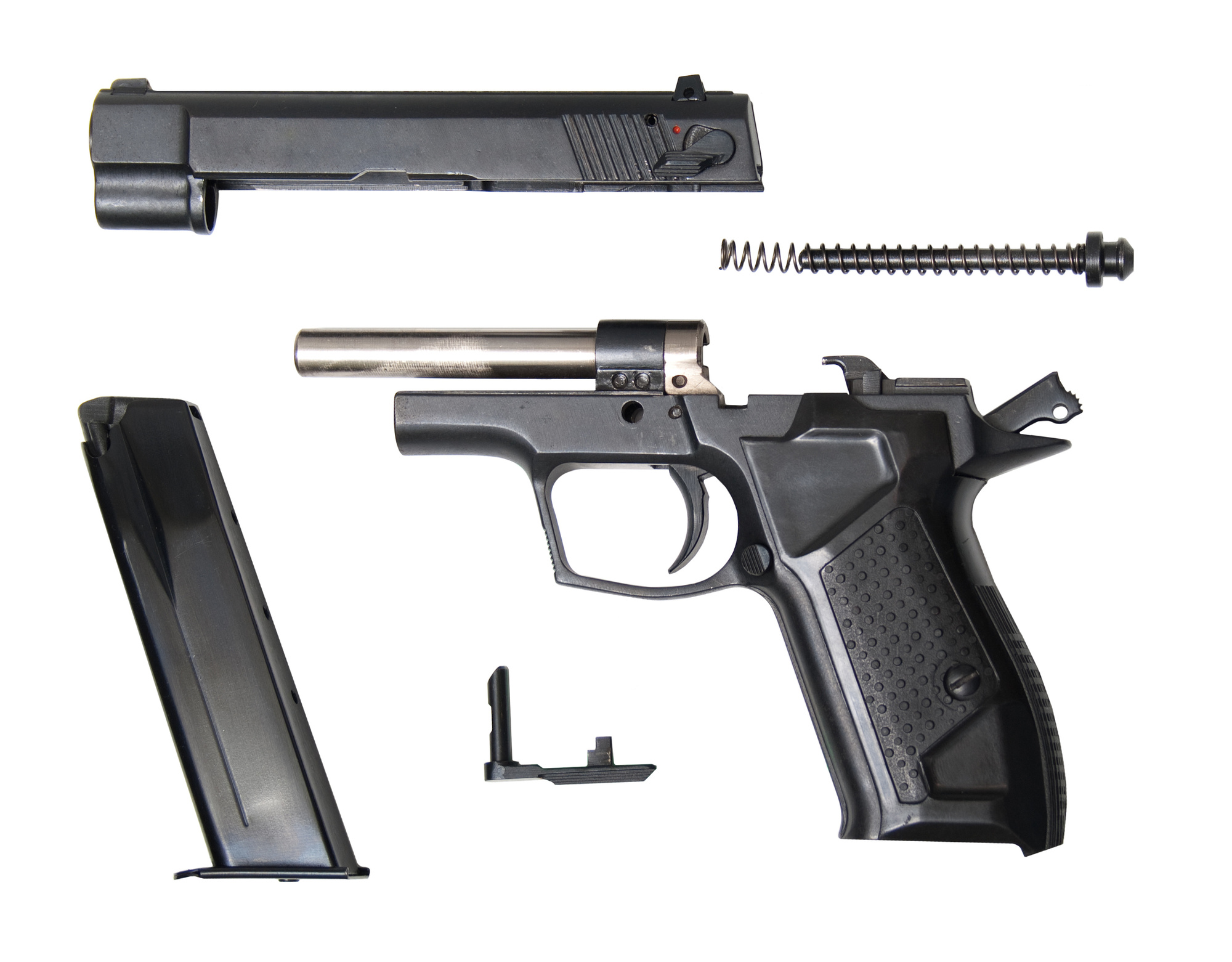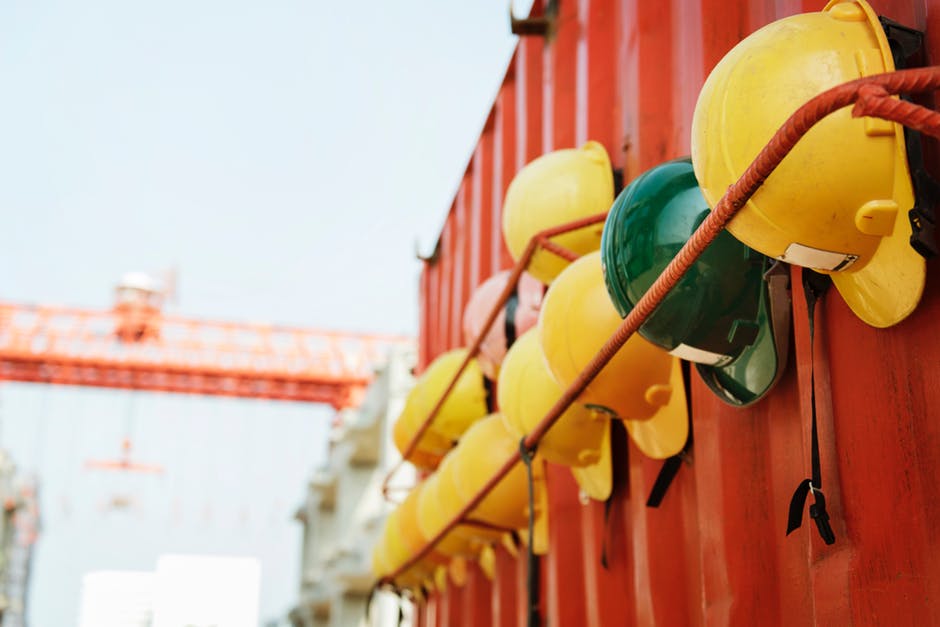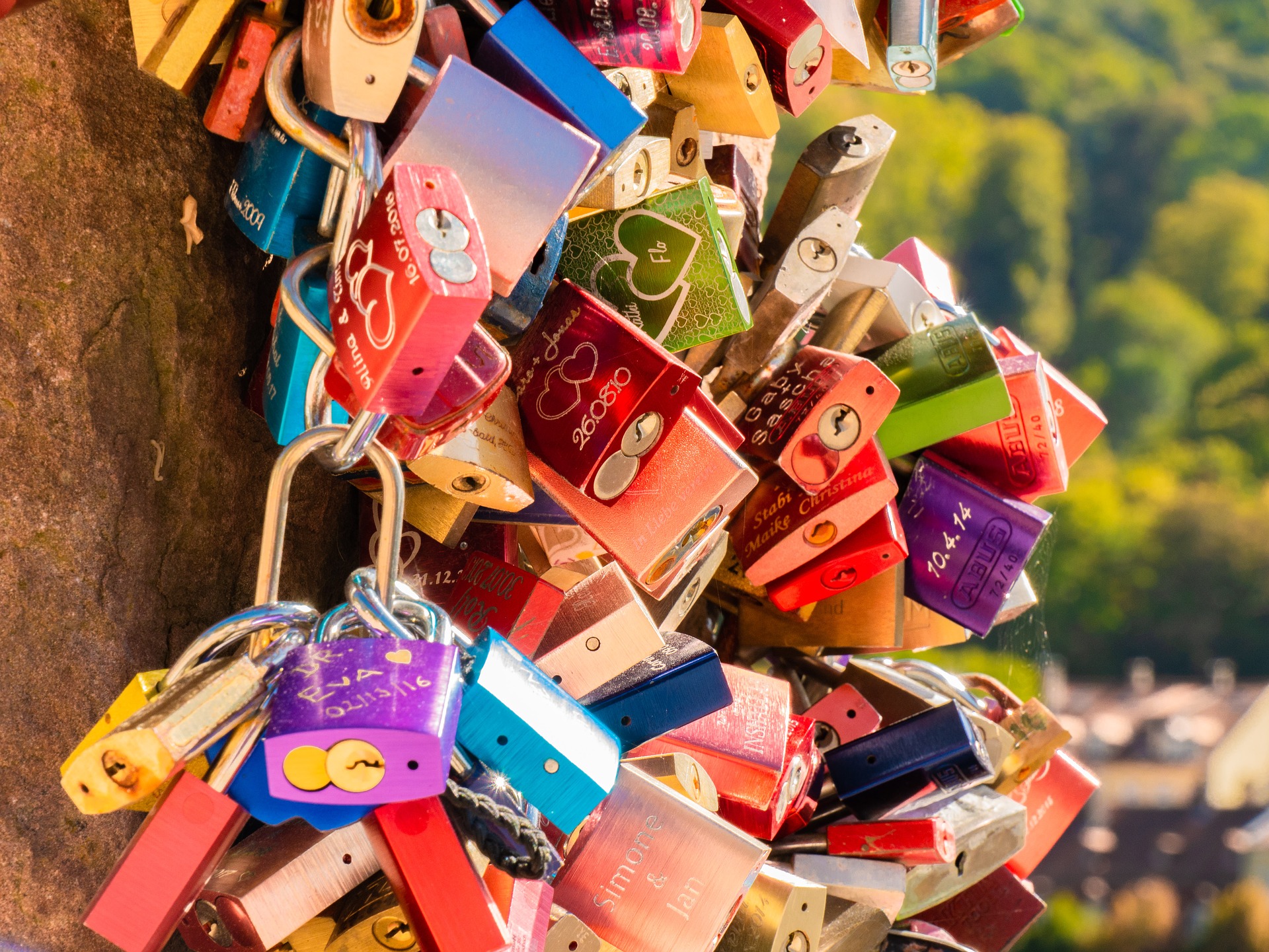Anyone who owns a gun understands that they aren’t simply weapons, they are amazing creations of engineering and design.
Whether you are a recreational shooter, a hunter, or simply out of a need for personal protection, there is a lot more to know about a gun besides simply learning to aim and shoot. The more you understand about your gun, the better you will be able to care for it and operate it.
Let’s take a look at the parts of a gun so that you can become a more informed marksman.
Parts of a Gun: All You Need to Know About the Components of Your Firearms:
If you own a firearm, you’ll know how to shoot. But do you know how your gun actually works? We take a closer look at all the parts of a gun and what they do.
The Grip:
Quite simply, the grip is the part of the gun that the shooter holds onto. It’s held with the dominant hand, though both hands are typically used to properly steady the gun for aiming.
Grips are constructed from a variety of materials, such as rubber, wood, or the same material used for the rest of the gun.
The Trigger:
This is the small lever used to engage the firing mechanism of the gun. The majority of modern guns generally use a Double-Action trigger which causes the hammer-striker to cock and release in a single action.
The trigger is a curved piece of metal designed to rest comfortably against the index finger. It can be set to various degrees of sensitivity so that the trigger will respond to a specific amount of pressure applied from the finger before firing.
The apex trigger has long been regarded as one of the best ones in the industry. It is not only safe and efficient but does not add any extra weight to the overall gun. Not only does it result in lesser trigger travel time, but also delivers a far smoother trigger experience.
The Trigger Guard:
The trigger guard is basically a metal ring designed to protect the exposed part of the trigger. Its purpose is to protect the trigger from getting bumped or snagged, causing the gun to fire inadvertently.
The Barrel:
This is what you might call the “business end” of the gun. A barrel is made from heavy-duty hardened material that can withstand the tremendous forces involved in discharging and propelling a bullet.
On handguns, the barrel is short. Whereas on rifles the barrel is much longer, which enables greater accuracy when shooting over a long distance.
The internal wall of the barrel is “rifled” which means it’s designed to impart a rotation on the exiting projectile, intended to provide improved accuracy.
The Muzzle:
If the barrel is the business end of the gun, the muzzle is the business end of the gun. Because this is the last part of the gun that a bullet touches as it exists.
Many people fit their muzzles with accessories such as noise suppressors or silencers. For those interested in the latest advancements in firearm accessories, exploring the 2023 linear muzzle compensators can provide insights into modern options for enhancing shooting performance.
The Hammer:
On a handgun, the hammer is the part of a gun that strikes the cartridge primer or firing pin. This detonates the primer which discharges around from the gun.
The Cylinder:
This is one of the parts of a revolver, designed specifically to hold each bullet in a separate chamber. Then as each round discharges, the cylinder rotates, bringing each chamber into alignment with the barrel so that the bulletin that chamber is ready for discharge.
The Forward and Rear Sights:
The forward sight on a firearm is a slight protrusion on the barrel of the gun intended to align with a rear sight for the purpose of aiming. The shooter aims at the target by aligning the front sight in the grooves of the rear sight so that the muzzle of the gun aims directly at the target.
These are typically small metal protrusions that in no way impact the actual mechanics of the firearm. Plenty of upgrades and accessories are available on the market, such as laser sights that improve the shooter’s accuracy.
The Slide:
The slide on a handgun is a part of the assembly that houses the upper section of the firearm. It’s typically constructed of a material that can withstand the forces involved during the firing of the gun.
With most guns, it’s designed with a ribbed pattern for improved grip and is manually pulled back to load the gun. Then as each round discharges, the slide automatically recoils and is the part of the firing mechanism that facilitates the transfer of a fresh round from the magazine into the firing chamber.
The Slide Lock:
This is the part of the gun designed for the simple task of locking the slide in the rearward position. When the final round in a magazine successfully discharges from a semi-automatic weapon, the slide lock engages and holds the slide in the open position in order to alert the shooter that the weapon is now empty.
The Magazine:
The magazine is a metal cartridge that holds the bullets prior to loading them into the firing chamber. It is manually ejected from the gun, reloaded with bullets, then snapped back into the assembly so that a fresh round can be chambered.
Magazine cartridges come in a number of sizes, are able to hold up to several hundred rounds at one time, and can be single or double stacked.
The Magazine Well:
This is the part of the gun that accepts the magazine cartridge. The magazine well is usually designed with grooves that direct the magazine into a place where it can be engaged by the slide and firing mechanism.
The Magazine Spring and Release Button:
This magazine cartridge spring is a simple pressure spring intended to move rounds toward the firing action. The more rounds loaded into a magazine at one time, the greater the pressure exerted upon the spring.
The release button is used to detach the magazine from the grip so that it can be reloaded, or replaced by another magazine that is already loaded.
The Ejection Port:
This is the part of the gun designed to eject a spent shell casing. The ejection port is a cutout located along the middle section of the slide that can also help the shooter to inspect the condition of the firing chamber.
When the gun jams, the shooter can open the slide in order to look inside and see what the problem is. Sometimes the empty casing simply doesn’t eject properly, or an unfired round might get jammed as it’s loaded into the firing chamber.
The Tang:
The tang is a structure designed to assist the shooter in managing the recoil of the firearm. It also helps to protect the hand of the shooter from the slide assembly when it moves quickly backward and forward during the firing action.
The Take-Down Lever:
This lever is designed to manage the field-stripping of the firearm. The process of field-stripping is important for breaking the firearm down into its individual components for repair or cleaning.
Breaking down the weapon on a regular basis is necessary both for proper maintenance as well as for when a part of the firing mechanism has failed and needs to be serviced.
For anyone interested in repairing or modifying their own firearms, be sure to check out Strike Industries.
The Chamber:
The chamber is a portion of the barrel where the cartridge is stored prior to being fired. Each cartridge is chambered one at a time, fired, then ejected prior to the next round being chambered.
The Accessories Rail:
The accessories rail on a firearm allows the shooter to add on various tactical accessories. These include such devices as flashlights and laser sights.
The Breech:
The breech is located near the midsection of the gun. This is the part on the vast majority of firearms where the ammunition is loaded.
Breech-loaded guns have become the norm in the current market, whereas in the old days’ many shotguns, rifles and pistols were typically loaded through the muzzle.
The Safety:
Safety is one of the most important parts of any gun. This simple mechanism can easily make the difference in preventing a terrible accident.
Sometimes the safety is a sliding component on the firearm, and sometimes it’s a button. And it’s usually located near the trigger where it can be easily reached and engaged.
Safety is so important because it blocks the trigger mechanism, thus the gun cannot discharge until the safety disengages.
Keep in mind that not every model of the gun has safety. So when looking to buy one for personal or home defensive, we strongly encourage you to look for a model with safety to reduce the chances of accidents occurring.
The Importance of Understanding the Anatomy of Your Gun:
The simple truth is that guns are complicated mechanisms. They can be dangerous in the wrong hands, yet can save lives in the hands of a trained and knowledgeable user.
The more you learn about the parts of a gun, the better you will be able to care for your firearm and operate it safely and effectively. So be an informed marksman and have fun out there!
Click here to learn about how gun and security gear has advanced through the years.
Read Also:






















